-
×
Assorted Colour Vampire Crab Geosesarma Sp 2-3Cm 1 × £8.71
-
×
-
×
-
×
-
×
-
×
Subtotal: £130.58

 Assorted Colour Vampire Crab Geosesarma Sp 2-3Cm
Assorted Colour Vampire Crab Geosesarma Sp 2-3Cm 




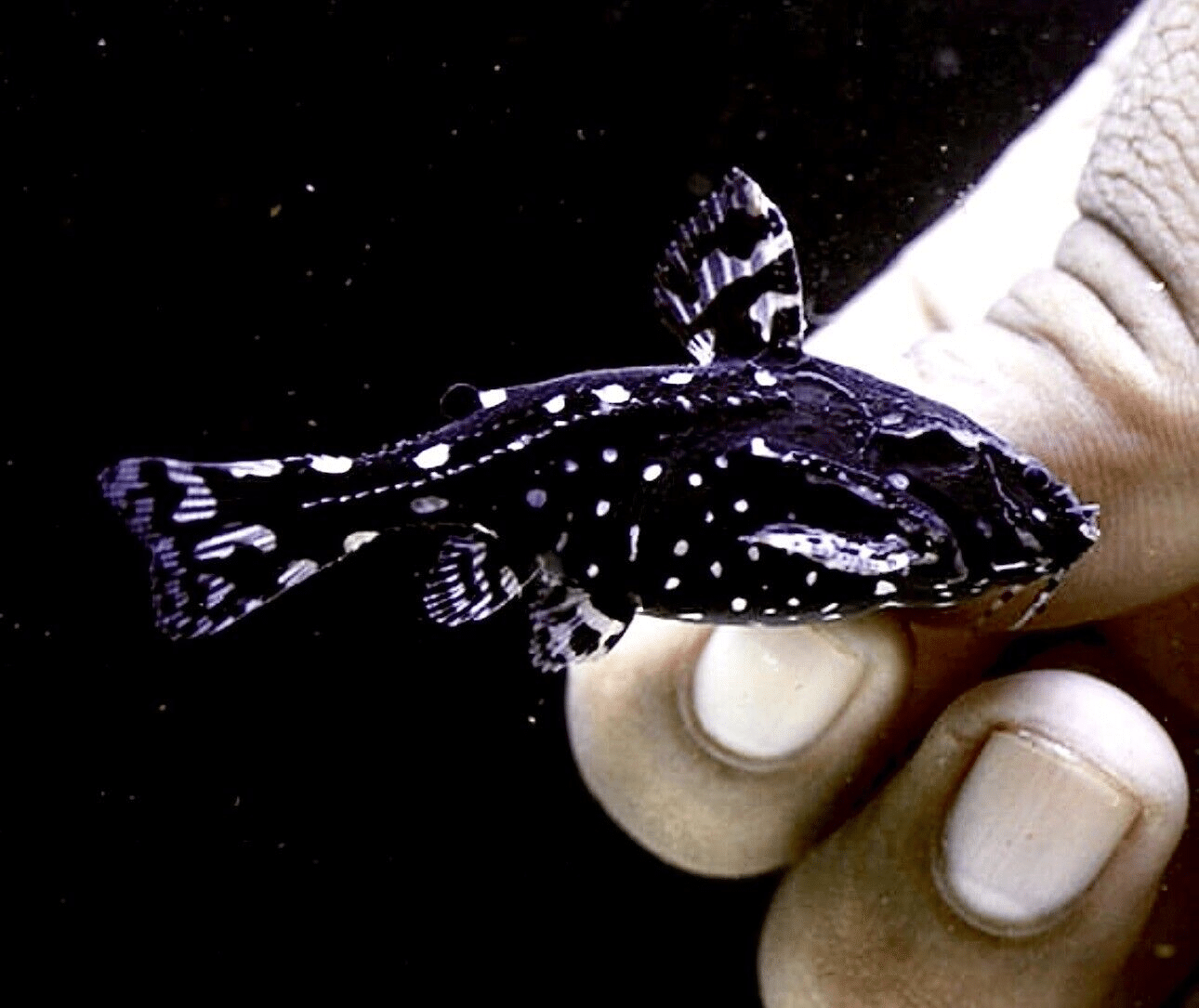
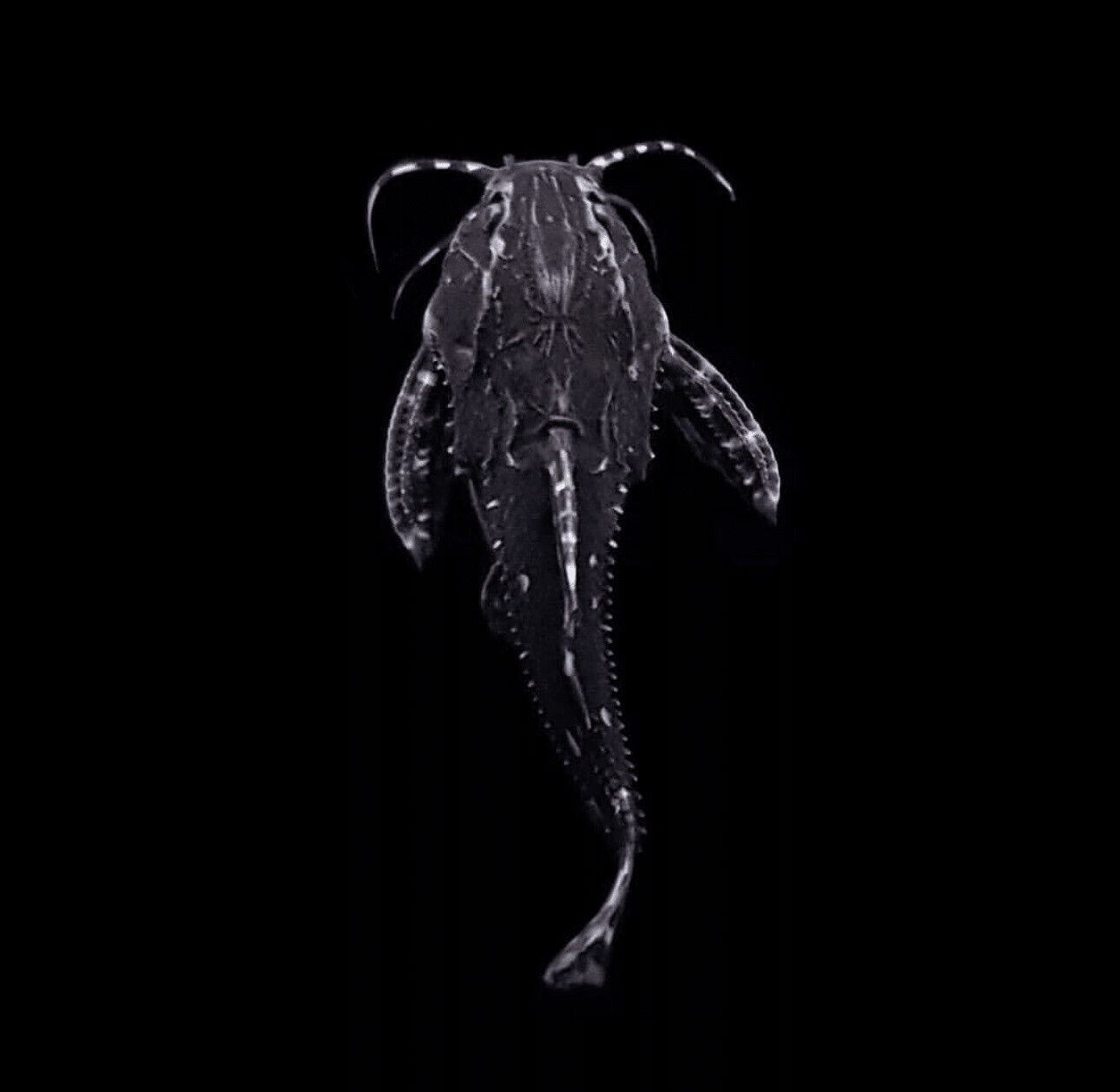
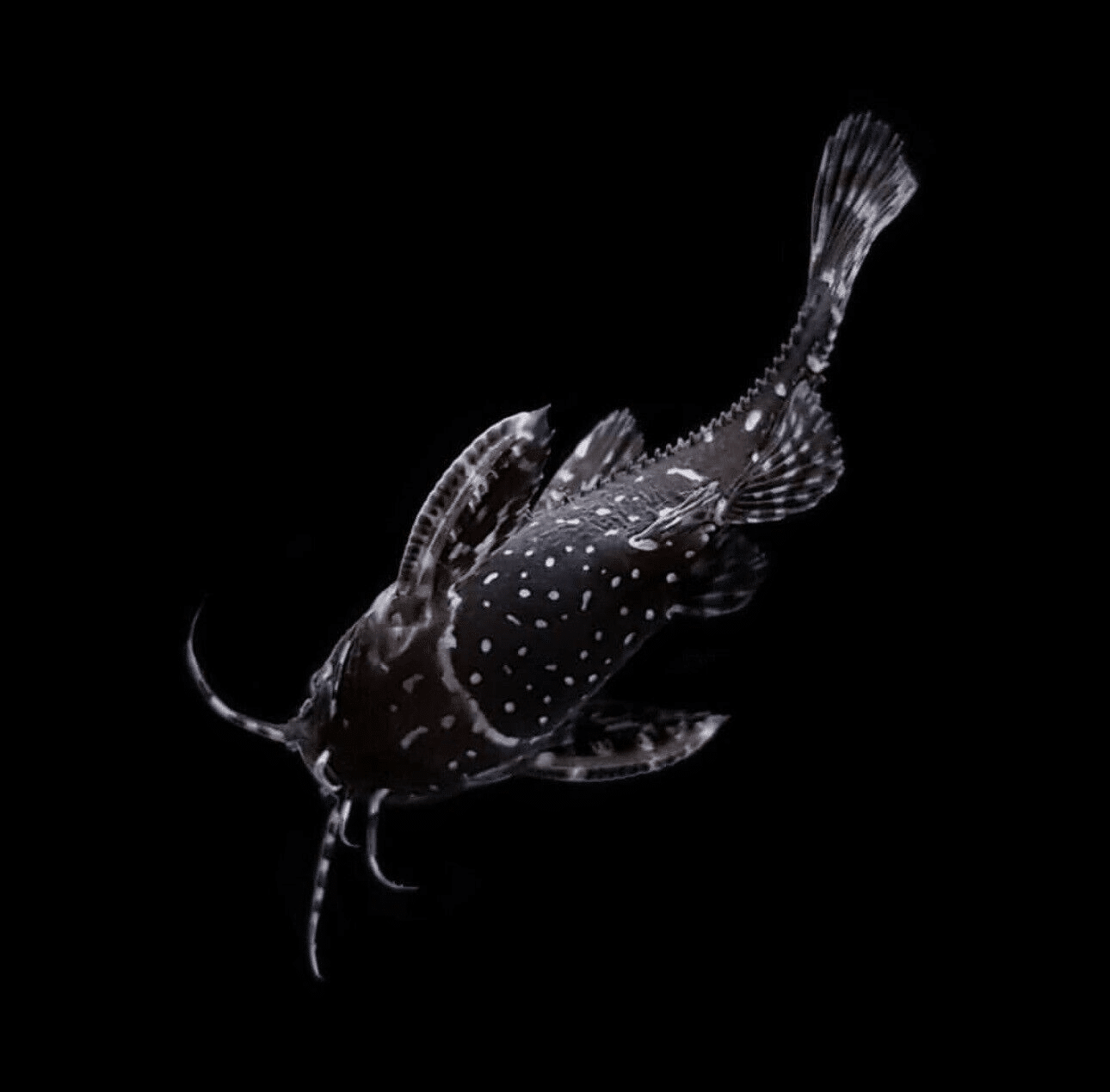




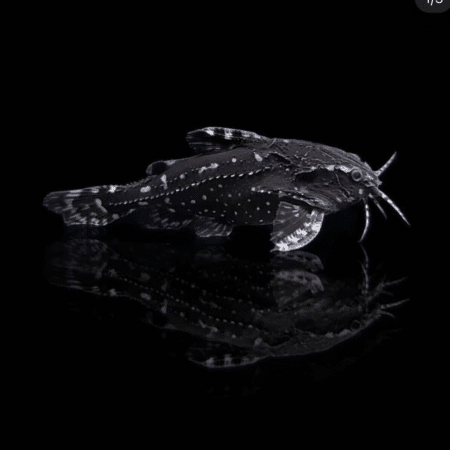
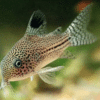











Emily Carter (verified owner) –
I recently purchased the Spotted Dora Talking Catfish (Agamyxis pectinifrons) and I couldn’t be happier! After about two weeks in my 40-gallon tank, this little guy has brought so much joy to my aquarium. He’s around 4cm, and his personality is simply delightful; he really does seem to ‘talk’ when he interacts with my other fish! I’ve noticed that he loves to graze on algae and other small bits of food, which has helped keep my tank clean.
Compared to other catfish I’ve had in the past, the Spotted Dora is definitely more social and active, making him a perfect fit for community tanks. He’s friendly with my tetras and corydoras, and I appreciate that he seems to thrive on a varied diet. I recommend high-quality fish food to keep him happy and healthy—I’ve been using a mix of sinking pellets and flakes.
If you’re looking to add a unique, engaging fish to your collection, I highly recommend the Spotted Dora! Just be sure to have plenty of hiding spots, as he loves to explore. The only minor downside is that he can be a bit shy at first, so patience is key. Overall, a fantastic purchase for any fish lover!
Emily Carter (verified owner) –
I recently added the Spotted Dora Talking Catfish (Agamyxis pectinifrons) to my aquarium, and I couldn’t be happier! These little guys are not just stunning to look at with their unique spots; they truly add life to the tank. I’ve had them for about two months now, and they’ve settled in beautifully. They get along well with my other peaceful aquarium fish, like tetras and rasboras, which was a huge relief since I was worried about compatibility. The catfish are quite active and love to explore all the nooks and crannies of my tank, and I’ve even noticed them foraging for food at the substrate, which is great for keeping the tank clean.
One minor concern, though, is that they can be a bit shy at first, so providing hiding spots is essential for their comfort. But once they feel secure, their charming personalities really shine! If you’re looking for a tropical fish that thrives in a community setting and brings a lot of character to your aquarium, I highly recommend the Spotted Dora Catfish. They’ve enriched my tank life significantly, and I’m excited to see how they continue to grow! Plus, shipping was quick, and they arrived healthy and well-packaged. This is a fantastic addition for any caring fish parent looking to enhance their aquatic family.